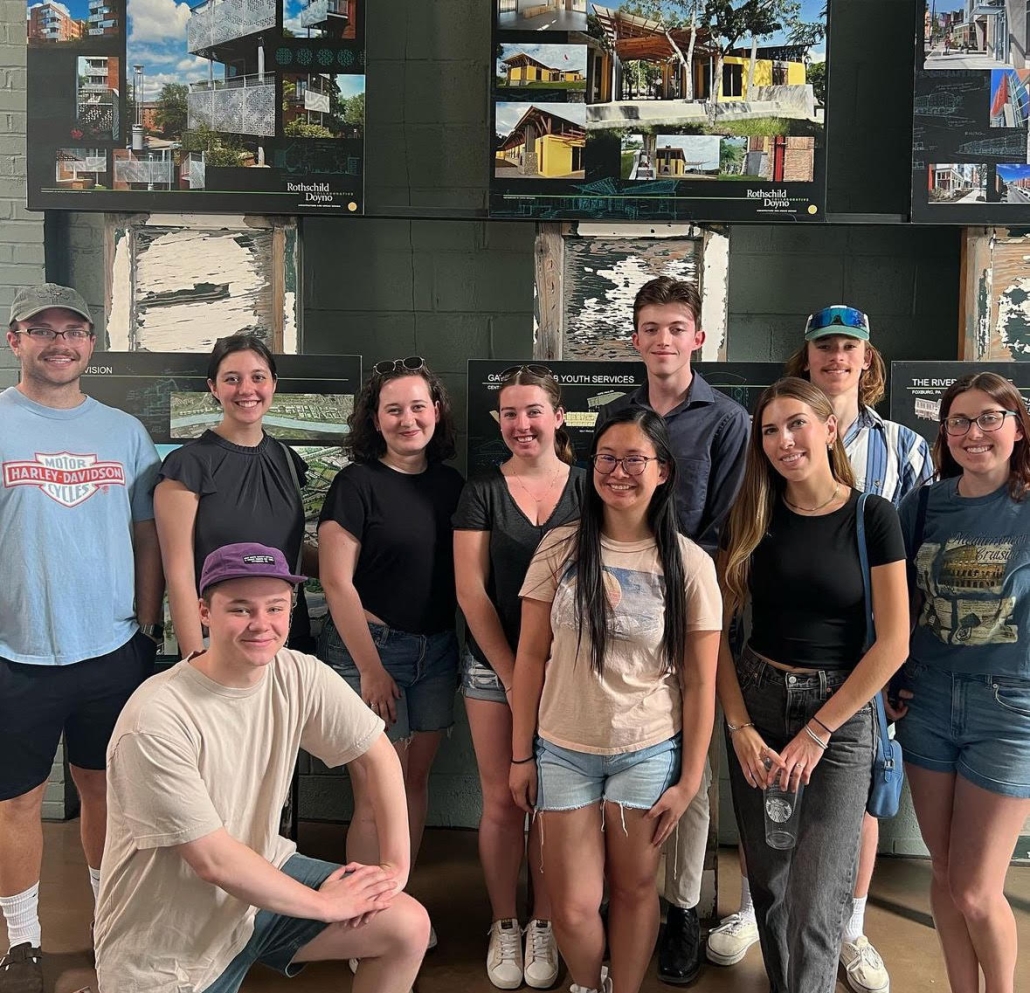Have You Joined AIAS?
Hi! My name is Mia Larkin and I am a rising senior at the University of Pittsburgh studying architecture with a minor in museum studies. I am also the social media chair of my university’s AIAS chapter. I joined AIAS to be closer to my classmates and to have a sense of community; learning from other students as they share their expertise in different software and applying what I learn to my projects and internship.

The American Institute of Architecture Students (AIAS) is an international, independent, non-profit, and student-run organization committed to developing leadership, design, and service among students in architecture. AIAS plays a vital role in providing invaluable experiences in architecture education and professional development for architecture students across the world. AIAS chapters provide members with advocacy, education, and internship opportunities. (Check out if your university offers an AIAS chapter!)
Having an AIAS chapter present on college campuses allows students to meet people within their major. Outside of an academic setting, there are advantages that AIAS provides to students including interacting with professionals, networking with them, and visualizing what it means to be in the working field. “I think joining AIAS presents the unique opportunity for young people to engage pre-professionally in the world of architecture in a way that is with people of similar ages and interests,” says Kiran Nwakanma, a fellow student at the University of Pittsburgh. “It’s really a community-oriented approach to getting involved with the design field.”

Emerging as a working individual, getting your foot in the door can feel scary. There is so much uncertainty when you are in college, figuring out what you want to do for the rest of your life, or if you are even on the right path. AIAS offers me experiences I wouldn’t have known about if I didn’t join. “[The] main benefits [are] to be able to gain valuable insight on how lessons in your undergraduate career will transfer to the workforce and to be able to gain mentorship through other students, alumni, professors, and practicing architects,” says Priya Sahu, a rising senior at the University of Pittsburgh.
While you’re still in college, it is valuable to know what experiences you can take away from the classroom since they can transfer to your career. Personally, through AIAS, I have visited firms and heard professionals talk about their jobs. I believe the skills I have learned as a member of AIAS have taught me the skills that I am expected to do in my professional career.
I joined AIAS during my sophomore year to connect with other students in architecture and possibly have a chance for a leadership position. At first, I attended events, firm crawls, and portfolio reviews and tried to get involved as much as I could. Junior year came and I decided to run for a board position. I chose to run for social media chair since it aligns with previous leadership positions I held on campus, and I won! Since it’s summertime, I haven’t got the chance to do my role but I have plans for what I want to do while on board. One of my ideas was to release the AIAS Pitt merch since we don’t have any, and it would be great to see hoodies and stickers around campus to distinguish people who are in AIAS and create a sense of community outside of AIAS. Another idea is to interact more with members through Instagram stories, posting on a consistent schedule, and possibly event planning with the AIAS board. Lastly, I want to listen to feedback from the community and what they would like to see me do.

AIAS promotes excellence in education by fostering community and creating a network between students, faculty, and professionals by hosting events, firm crawls, and connecting students with resources. Joining your AIAS chapter is also a great way to expand your leadership experience. To check out more information, visit the AIAS National website and social media!
P.S. Click here to see if your university offers an AIAS chapter!
(All images are courtesy of the AIAS – University of Pittsburgh Chapter via Mia Larkin)

